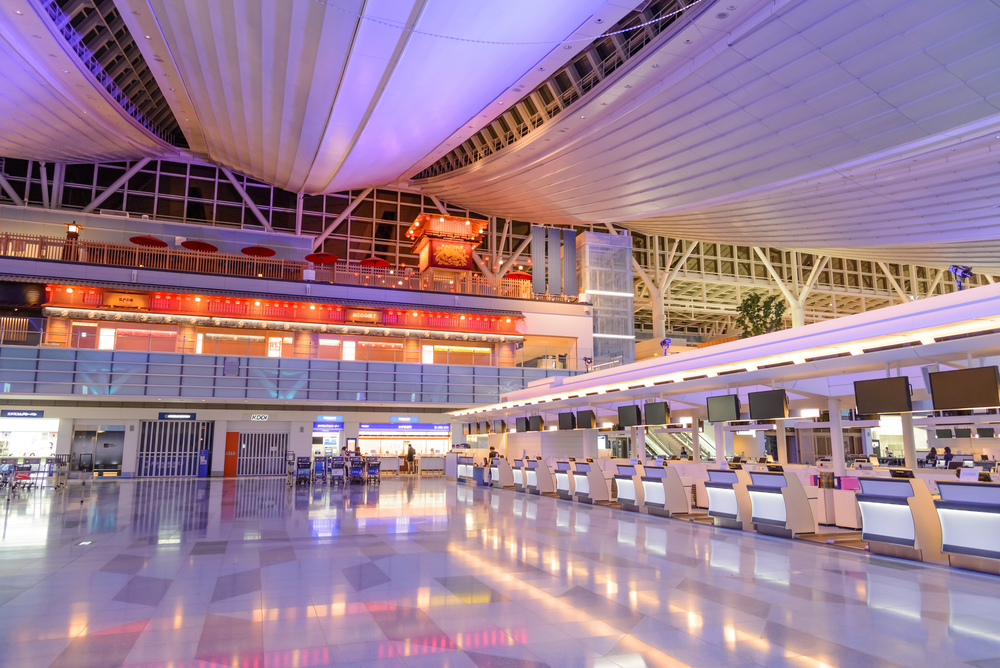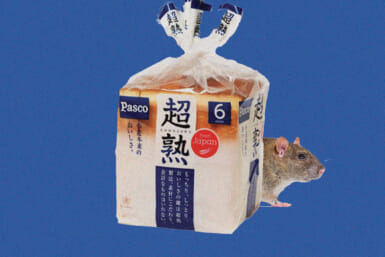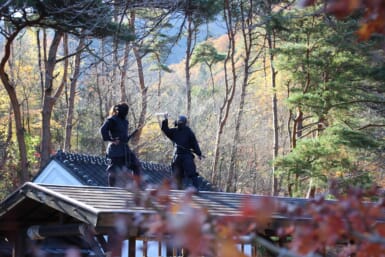Japan’s tourism industry soared triumphantly out of the last decade, seeing record numbers for the seventh straight year as 32 million foreign visitors landed on Japanese soil in 2019. With the Tokyo Olympics set firmly in its sights, Japan was aiming for 40 million visitors in 2020. In a sense of grim foreshadowing, the numbers were on an upward curve, and they were soon expected to spike.
Unfortunately, the only upward curves that will be remembered from the embryonic phase of this decade, are those of COVID-19. As cases increased in Japan, and skyrocketed across much of the world, the luxury of travel became but a fleeting memory.
On May 26 Japan announced it had lifted its state of emergency effectively in all 47 prefectures – marginally earlier than expected. But it feels like a pyrrhic victory. Lives have been lost, the economy is facing ruin, and the travel industry on which it was dependent, effectively ceased to exist.
But while reviving the industry will be a Herculean task, there appears to be a future for travel in Japan yet.
Completed half of my journey to Malang. Presenting: Narita Airport, eerie version. pic.twitter.com/2E5ktF8dgQ
— Adel 🐻 (@adelistyping) June 2, 2020
The Free Fall
Tourism in Japan was struck by fate earlier than most nations, given its close proximity to China, the suspected source of the novel coronavirus, and the debacle of quarantining passengers on the virus-stricken Diamond Princess cruise ship docked in Yokohama.
As spring came, prospective holiday makers canceled looming trips, while global travel bans prevented even the foolhardiest vacationers from crossing borders. What seemed to be a minor slump for travel in Japan, has turned into a bottomless free fall. Many in the industry weren’t able to brave the storm.
“Many in the industry weren’t able to brave the storm.”
Companies across Japan, from every stratum of the tourism bedrock, have permanently shut up shop. Over 140 small business, mostly operating in tourism-related fields, had filed for bankruptcy by mid-May. On seeing the data, the only surprise is that there weren’t more: visitor arrivals decreased from 2.6 million in January to less than 3,000 in April; a staggering drop of 99.9% from the previous year.
With many companies hanging on through meager government subsidies, furloughing employees and prayers that there would once again be a market for travel in Japan, the sphere is considerably less crowded. For the few remaining afloat, there’s been an unforeseen shift toward domestic travel.
Domestic Travel the Way Forward
Domestic travel is set to revive first, as traveling across borders for any means other than business or necessities, is still off the cards. The Japanese government has sought to capitalize on this via the Go to Travel initiative providing ¥20,000 per day subsidies (through vouchers and discounts) to domestic travelers. Concrete details will be released in due course, though it’s expected to be rolled out as early as July.
Along with incentivizing us to get out and explore after a few months of life as sweatpants-wearing hermits, it also removes some of the financial burden inherent to traveling in Japan. Moreover, the gorgeous destinations often marred by an endless conveyor belt of choreographed selfies and crowds that make a sardine tin feel roomy, will be considerably quieter. There’s arguably no better time to be a traveler in Japan.
https://twitter.com/KenyattaKNYHan1/status/1268083589985386496
The Lingering Remnants of COVID-19
Of course, there is a glass-half empty side to the tourism industry’s revival.
As Travel Perk reported, “A very influential paper from Imperial College London speculates that governments will need to turn lockdown measures on and off in order to keep demands on healthcare systems at a manageable level.”
Intermittent lockdowns could facilitate more congested tourism seasons – which is already a problem in Japan – and the inevitable price spikes that accompany them.
“Governments will need to turn lockdown measures on and off in order to keep demands on healthcare systems at a manageable level”
In order for people to feel comfortable traveling during congested seasons however, the perceived threat of COVID-19 must wane. To appease the more reluctant travelers, increased sanitary measures at lodgings and tourist sites are likely to become commonplace.
In the mold of Japan’s retail sector, expect masks, hand sanitizer, maximum numbers of guests in enclosed areas and transparent sheets operating as barriers between staff and customers as the new norm.
Some companies have come up with innovative methods of post-pandemic operation. Universal Studios Japan will utilize Power Up Bands for competing digitally with other guests at their new Super Nintendo World. While national museums and major companies like Apple are conducting temperature checks upon entry.
To help contain the spread of #COVID19, all passengers are asked to wear a face mask when boarding. If any symptoms appear, consult your physician prior to taking the flight to ensure you are safe to travel. pic.twitter.com/3ugInL4zXR
— All Nippon Airways (@FlyANA_official) May 24, 2020
Inbound Tourism to Japan
If the downward trend of COVID-19 cases continues, Japan’s inbound travel bans (currently covering 110 countries and one region) are set to be lifted during the summer.
According to TravelMole, Japan Tourism Agency chief, Hiroshi Tabata, said the $12.5 billion government subsidy earmarked for the travel sector could be in place at a similar time, around July. Some of said funds would be used to cover the costs of foreign travelers’ trips – though flights are unlikely to be included.
“Traveling from virus hotspots are likely to be refused entry”
The logistics of cross-border travel has the potential to stymie the scheme however. Pictures of incoming flights to Japan this week showed staff attired as though they were wading uncomfortably through post-nuclear fallout. The passengers, clad in masks and latex gloves, fared little better. This again, hints at the new norm – All Nippon Airlines recently made it compulsory for all travelers to wear masks in airport terminals and aboard planes.
COVID-19 tests are also being administered before passengers board international flights. While those traveling from virus hotspots are likely to be refused entry without a certificate of immunity – which in many cases, won’t be accessible until the ever-elusive vaccine is available.
At face value these changes to long distance travel are disheartening. But we shouldn’t lose sight of the fact that they represent our first steps toward a life not governed by the ubiquitous fear of COVID-19. And only in that life, can mass consumer travel thrive.
Feature image: TungCheung / Shutterstock.com









